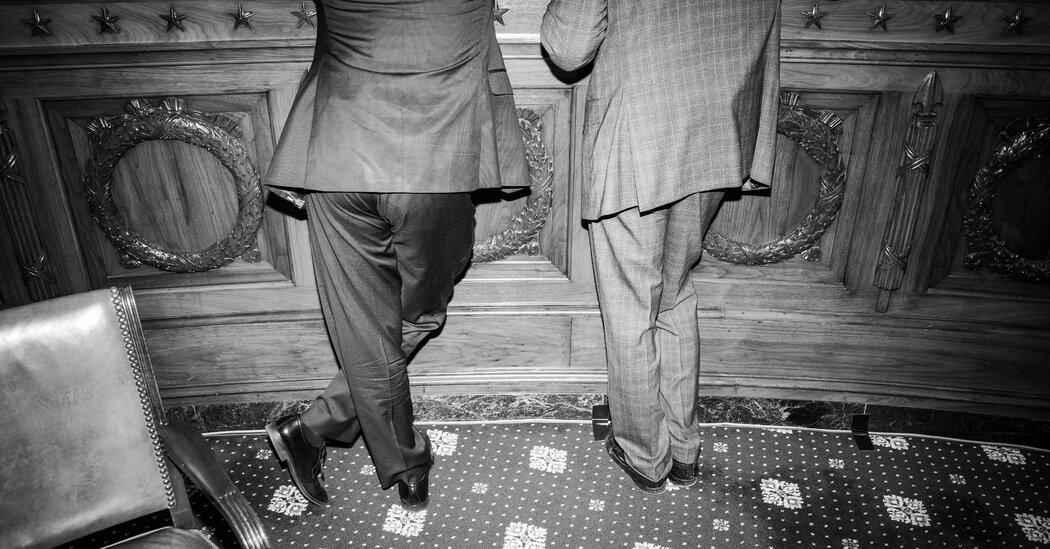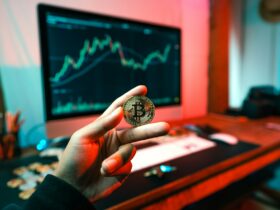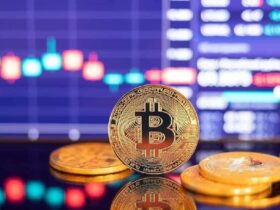The reality, Norris wrote, is:
Since the early 1980s, on issue after issue, from abortion, secular values, civil rights, racial, homosexual, and gender equality, gun control, cosmopolitanism, and environmentalism, the pool of social conservatives adopting traditional views on these moral and social identity issues has been shrinking in size within the U.S. national electorate, from majority to minority status. They are running down an up escalator.
With their backs to the wall, Norris argued, conservatives have capitalized on
institutional features of U.S. elections that allow Republicans to seek to dismantle checks on executive power — including the extreme decentralization of electoral administration to partisan officials with minimal federal regulation, partisan gerrymandering of districts, overrepresentation of rural states in the U.S. Senate and Electoral College, partisan appointments in the judiciary, primary elections rallying the faithful in the base but excluding the less mobilized moderate independents, the role of money from rich donors in elections and campaigns, and so on and so forth. The Trump presidency exacerbated these developments, but their roots are far deeper and more enduring.
Nicholas Stephanopoulos, a law professor at Harvard, noted in an email “that state policy outcomes are becoming more bimodal” — liberal or conservative, rather than centrist — “than in previous eras” and that the “misalignment between public policy and public opinion is pervasive in modern American politics,” particularly in red states “where public policy is far more extreme and conservative than the public wants.”
In theory, the hostility of average voters to extreme issue stances can pressure politicians to move toward the center, Stephanopoulos contended, “but this aligning impact of general elections can be reduced through tactics like gerrymandering, which make it unlikely that even large swings in public opinion will much alter the composition of the legislature.”
In addition, in Stephanopoulos’s view, in a highly polarized era, the pressure to moderate in order to win general elections faces growing counter-pressure to take immoderate positions in order to win primaries:
There’s little that could persuade many voters to ever support the other side. And while general elections might be aligning, they’re pitted against many misaligning forces: the views of activists and donors, the need to win the primary election to be re-elected, pressure from legislative leadership, politicians’ own often extreme ideologies, and so on. It’s no surprise that the misaligning forces are often stronger.
Bruce Cain, a political scientist at Stanford, made the argument by email that “Given the clustering of communities along political, cultural, and social lines in the United States presently and the dispersion of powers in American federalism, we should expect our state and local laboratories to yield a wide dispersion of products, especially when they are given more freedom to experiment.”
So why don’t all states converge on the national median, as revealed by the polls? Cain asked, and answered that “There are real public opinion differences across states and local communities, especially on hot button social issues.”
Ultimately, Cain continued, “If elected officials and judges get too far out of alignment with voters, they will get the message in the form of surprising electoral outcomes, as recently occurred in Wisconsin. Democrats in the seventies and eighties experienced the same on busing, crime and welfare.”
















Leave a Reply